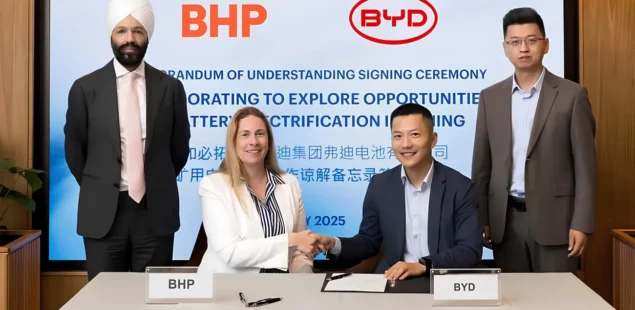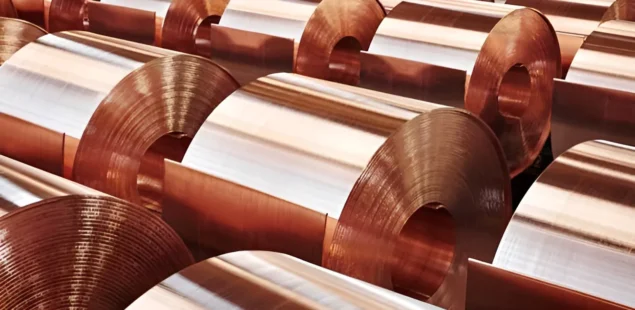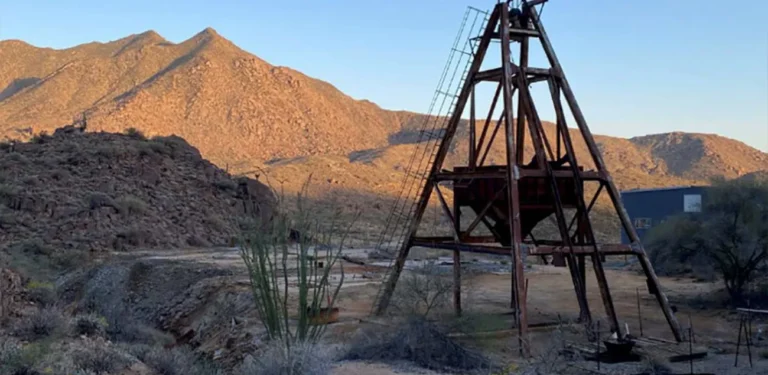
Nth Cycle Strengthens US Raw Material Independence
American company Nth Cycle has commenced processing end-of-life lithium-ion batteries from electric vehicles to extract nickel and cobalt, supporting the US government's push for raw material independence. The initiative aligns with federal legislation including the Inflation Reduction Act and the Defence Production Act, which encourage domestic processing of critical minerals and reduce reliance on imports.
The company operates a modular plant capable of recycling approximately 3,000 tonnes of scrap annually, producing a mixed nickel and cobalt hydroxide with concentrations of 55-60%. This output significantly exceeds the quality of similar products from Indonesian hydrometallurgical companies, which typically achieve maximum nickel and cobalt content of 40% from laterite ores.
Nth Cycle's technology employs electroextraction of cobalt and nickel followed by chemical precipitation into hydroxide precipitate. However, the process faces challenges when handling complex waste streams containing non-metallic inclusions that can interfere with selective extraction. Traditional technologies demonstrate greater flexibility in processing diverse raw materials and extracting multiple non-ferrous metals simultaneously.
Despite current limitations, demand for metals from waste recycling remains tied to electric vehicle production and sales, which continue to lag behind forecasts. The company's success could encourage similar players to enter the US market for recycling lithium-ion batteries and obsolete electronic equipment.
CATL Advances Indonesian Battery Production
Contemporary Amperex Technology (CATL), the world's largest lithium-ion battery manufacturer, has begun construction of a vertically integrated battery production complex in Indonesia alongside Indonesia Battery Corporation and PT Aneka Tambang. The $6 billion project will feature an initial capacity of 6.9 gigawatt hours, expandable to 15 gigawatt hours, with operations expected to commence by the end of next year.
The complex will encompass the entire supply chain from laterite ore mining and nickel extraction to cathode material production and finished battery assembly. This development follows Indonesia's unsuccessful attempts to attract Tesla CEO Elon Musk to establish a battery manufacturing facility in the country.
Indonesian President Joko Widodo's strategy aims to transform the nation into a global center for electric vehicle battery production, with plans to manufacture 600,000 electric vehicles annually by 2030. The country's ambitions are supported by its position as one of the world's largest nickel reserve holders. Indonesia accounted for 48% of global nickel smelting last year, with government forecasts projecting this share could reach 75% by 2030.
The domestic Indonesian electric vehicle market is expected to grow from 43,188 units in 2024 to 600,000 units by 2030, providing additional demand for the battery complex. However, CATL's project may encounter obstacles including lengthy regulatory approval processes, skilled labor shortages, and infrastructure limitations.
Tanzania Enters Global Copper Market
Shengde Precious Metal Resources is set to launch Tanzania's first copper production plant by the end of July, marking the country's entry into the global copper supplier network. The facility has completed construction and is currently undergoing commissioning.
Tanzania historically produces approximately 10,000 tonnes of copper ore annually, which was previously exported as raw material. The government has now mandated that all companies developing copper deposits must process raw materials domestically, following examples set by Zambia and the Democratic Republic of Congo in restricting raw material exports.
The Shengde facility has already produced pilot copper cathodes meeting international quality standards and plans to process 1,000 tonnes of copper ore daily. The company faces competition from a joint venture between British company Marula Mining and Tanzanian company Takela Mining, which is developing the Kinusi deposit. Their project includes a first-phase enrichment plant capable of producing 24,000 tonnes of copper concentrate annually, followed by a second-phase extraction and electrolysis plant with 10,200 tonnes of annual copper production capacity.
Shengde Precious Metal Resources aims to establish a network of metallurgical plants to process raw materials from smaller mining companies, potentially transforming Tanzania's position in the global copper market.
Maaden Gains Full Control of Alcoa Joint Ventures
Saudi Arabian Mining Company (Maaden) has completed the acquisition of full control over two joint ventures with American metallurgical corporation Alcoa. The deal encompasses Maaden Bauxite and Alumina Company, which operates a 4.25 million tonne per year bauxite mine and 1.8 million tonne alumina plant, and Maaden Aluminium Company, which runs a facility producing 740,000 tonnes of primary aluminium and 380,000 tonnes of flat aluminium products annually.
The original joint construction project between Maaden and Alcoa was valued at $10.8 billion. Following Alcoa's announcement of its intention to divest in September 2024, Maaden initially explored a potential merger with Aluminium Bahrain. Such a combination would have created one of the largest aluminium producers outside China, with capacity exceeding 2 million tonnes per year.
However, the companies ultimately chose a different path. In January 2025, Maaden acquired a 20.6% stake in Aluminium Bahrain from Saudi Basic Industries for approximately $1 billion, enabling joint projects and coordinated global aluminium sales policies while maintaining separate operations.
Australia's Non-Ferrous Metallurgy Industry Faces Crisis
Glencore may close two Australian facilities by September 2025 - the Mount Isa copper smelter and the Townsville copper cathode plant - due to mounting losses of up to $30 million per month. The closures reflect broader challenges facing Australia's non-ferrous metallurgy sector amid intensifying global competition.
Chinese copper smelting capacity increased 8% last year to nearly 12.8 million tonnes, with local companies achieving production costs of $1,200 per tonne compared to the global average of $1,800. Chinese producers also benefit from substantial government subsidies, creating an uneven competitive landscape.
Australia's industry faces additional pressures from high electricity tariffs, elevated labor costs compared to Chinese competitors, and limited government support. The country's critical minerals strategy allocates $2 billion through 2030 for new ore processing enterprises but provides minimal assistance to existing operations.
The potential closure of Glencore's smelters poses significant risks to Australia's metals ecosystem. The Mount Isa shutdown would eliminate processing options for small mining companies that supply copper concentrates, while also ending sulphuric acid shipments needed for new mine development projects.
The crisis extends beyond Glencore, with European company Nystar seeking government support for its Australian lead and zinc plants, and nickel producers facing similar challenges. The situation appears unlikely to improve significantly by the end of 2025, suggesting a prolonged period of difficulty for Australia's non-ferrous metallurgy



